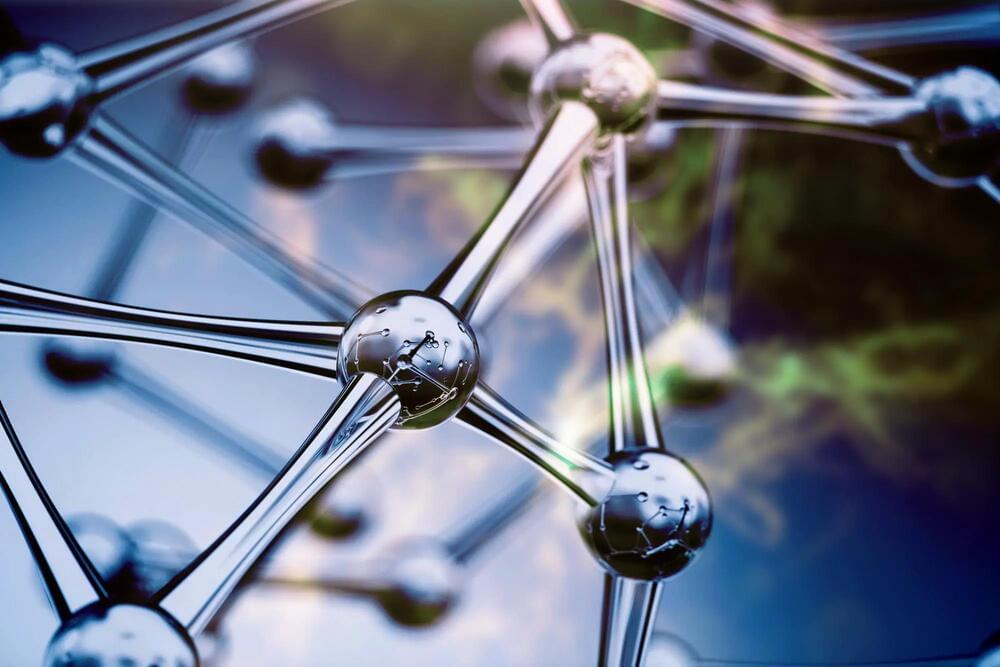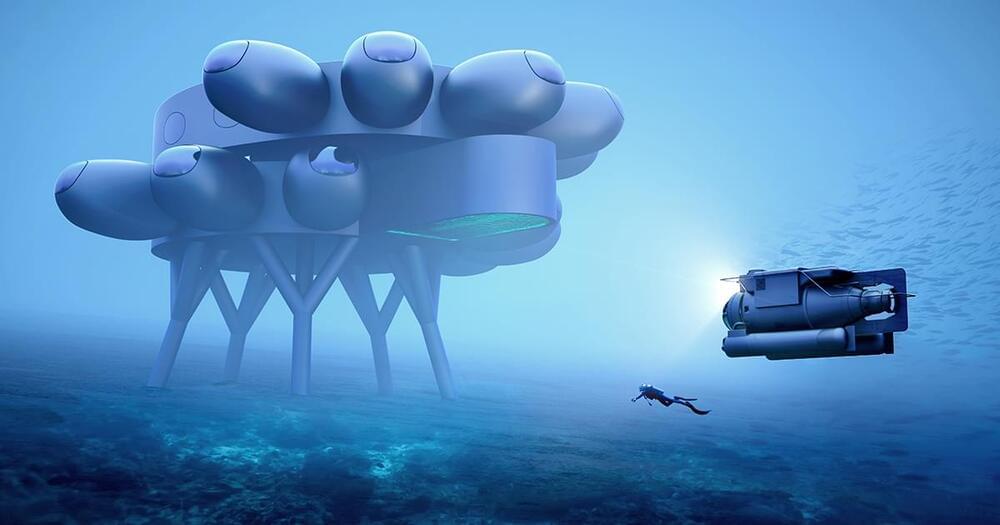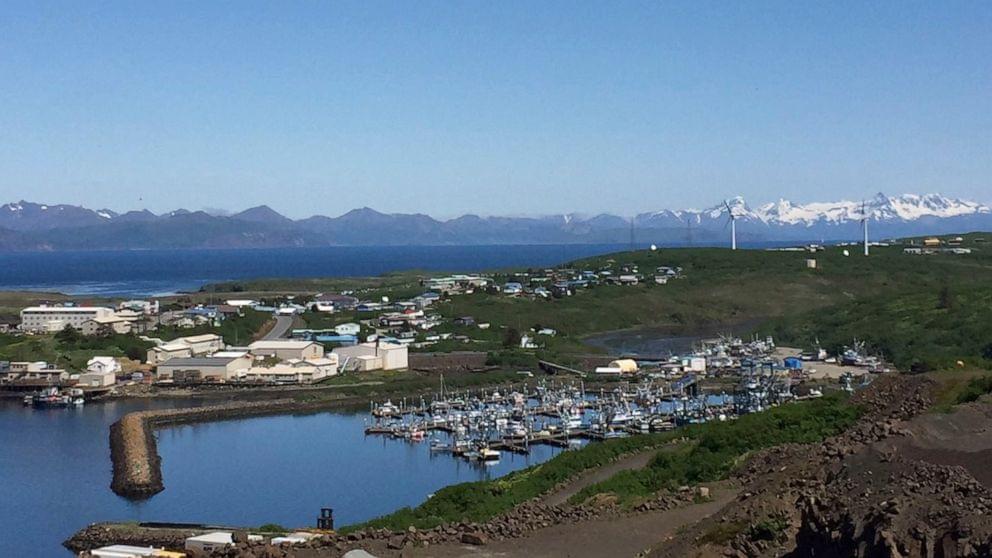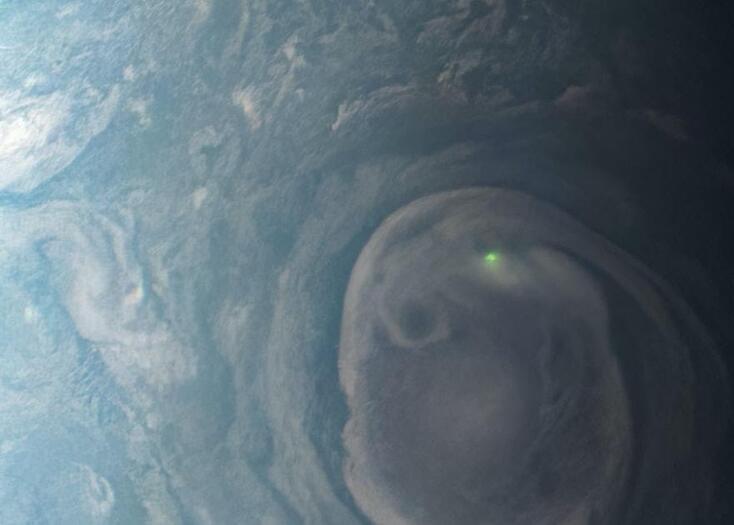A plentiful supply of clean energy is lurking in plain sight. It’s the hydrogen that can be extracted from water (H2O) using renewable energy. Researchers are on the hunt for cost-effective strategies to generate clean hydrogen from water, with an aim to displace fossil fuels and battle climate change.
Hydrogen is a potent source of power for vehicles, emitting nothing more than water. It also plays a crucial role in several industrial processes, particularly in the production of steel and ammonia. The use of cleaner hydrogen in these industries would be extremely beneficial.
A multi-institutional team led by the U.S. Department of Energy’s (DOE) Argonne National Laboratory has developed a low-cost catalyst for a process that yields clean hydrogen from water. Other contributors include DOE’s Sandia National Laboratories and Lawrence Berkeley National Laboratory, as well as Giner Inc.







